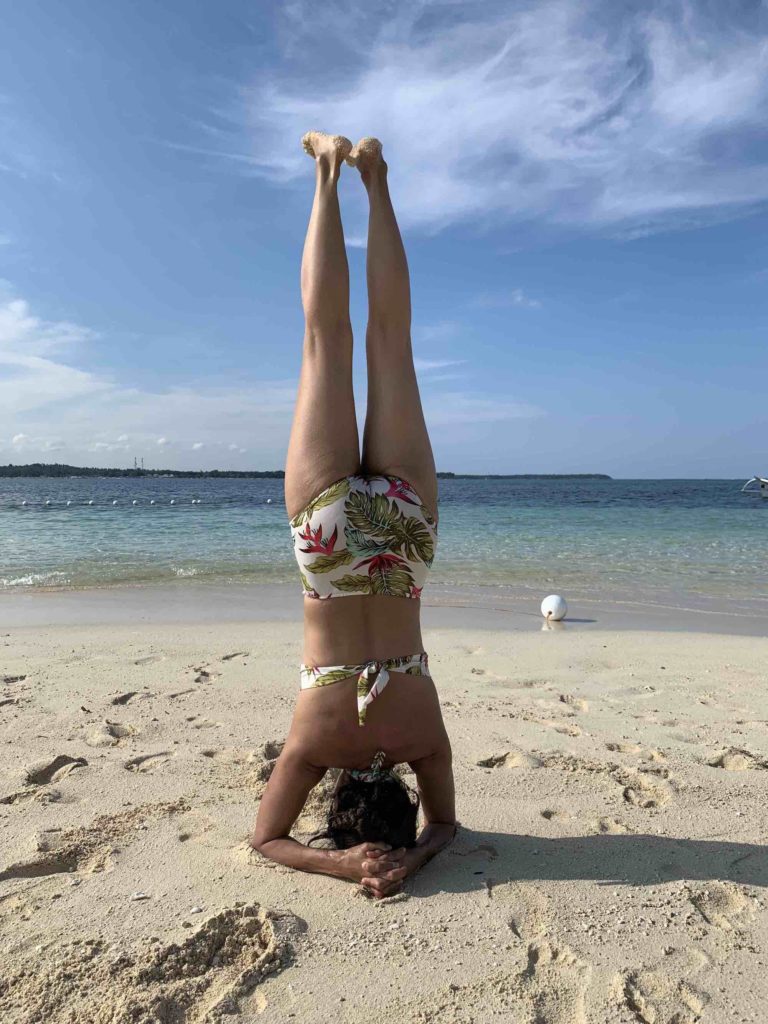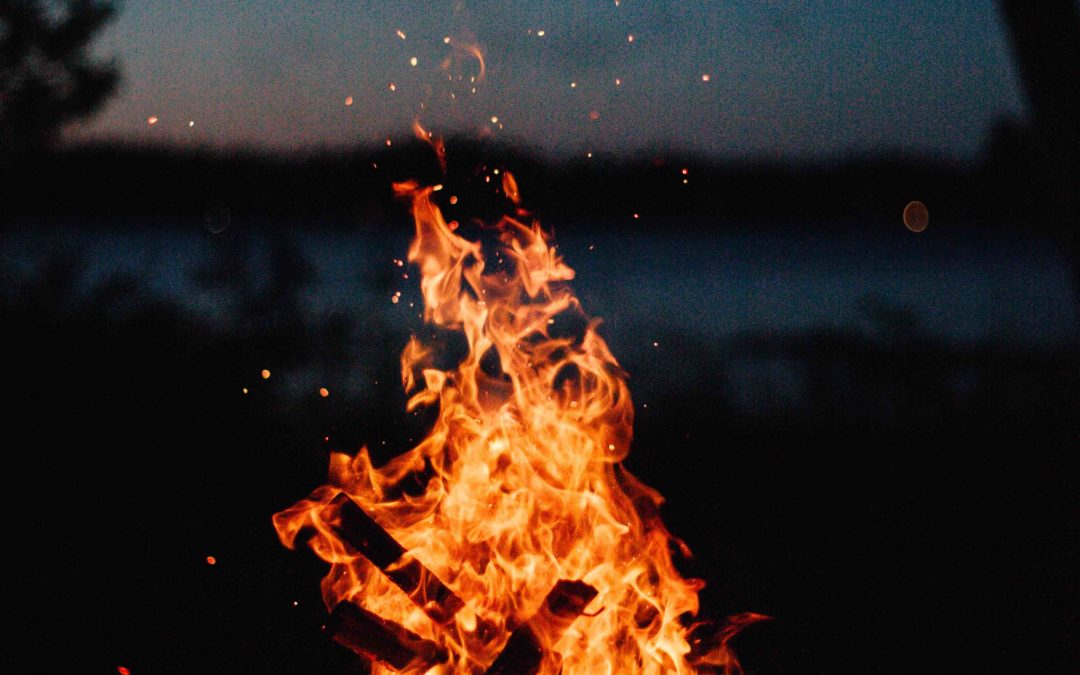Breath of Fire is an intense breathing technique often used in the practice of Kundalini Yoga. The breath is fairly rapid at 2 to 3 breaths per second with the stomach muscles powering the breath. As you inhale, the forward thrust of the navel point is to bring the air into the lungs. As you exhale, the navel point and abdomen is pulled towards the spine to push out the air.
The technique is said to be a cleansing breath. Since it’s done at a rapid pace, continuously and powerfully, it increases the heart rate, eliminates toxins and circulates the energy throughout the body.
The Vayus
In the yoga tradition, the flow of energy is governed by vayus or wind. The vayu that moves through the body during your moon cycle is referred to as apana vayu, which is a natural downward and outward energy.
Apana vayu means the air (or energy) that moves away. It governs all forms of elimination and expelling like stool and urine, menstrual fluid, giving birth as well as the elimination of carbon dioxide through the breath. And during the moon cycle, it’s the energy that helps the stagnant blood exit the body.
Breath of Fire stimulates the samana vayu which is translated as balancing air. The energy flow goes inward, from the periphery to the center (navel region) through a churning action. It governs agni, the digestive fire or fire of purification.
The moon cycle
These are two different energy directions. Doing Breath of Fire during a moon cycle will reverse the direction and prevent its natural downward flow. That’s why yogis during their first two days of their moon cycle are recommended to rest or do slow deep breathing. The same recommendation applies for pregnant women.
Aside from Breath of Fire, there are poses to be avoided since it goes against the natural downward flow. These are all forms of inversion such as headstand, shoulder stand, full wheel, boat pose and contracting the mulbandha.

Avoid headstands and other inversion poses if you’re in your moon cycle
Here are some poses that you can do instead:
These poses will alleviate cramps and any emotional disturbances that may surface: butterfly pose (baddha konasana), life nerve stretch (janu sirsasana), straddle (upavistha konasana), bridge pose (setu bandha sarvangasana) and baby pose (balasana).
To further relieve camps and the feeling of heavy legs. do legs up the wall pose (viparita karani). This is done by lying on your back and lifting the legs up against the wall in an L-shape position. Stay here for 20-minutes. You can prop your pelvis up with a blanket or pillow to relieve lower back pain.
This mailer came from a question from a student. Feel free to send questions about your practice. Interesting questions will be answered in the mailer to help everyone out.
Keep practicing, keep blooming. See you.
In loving service,
Rosan


